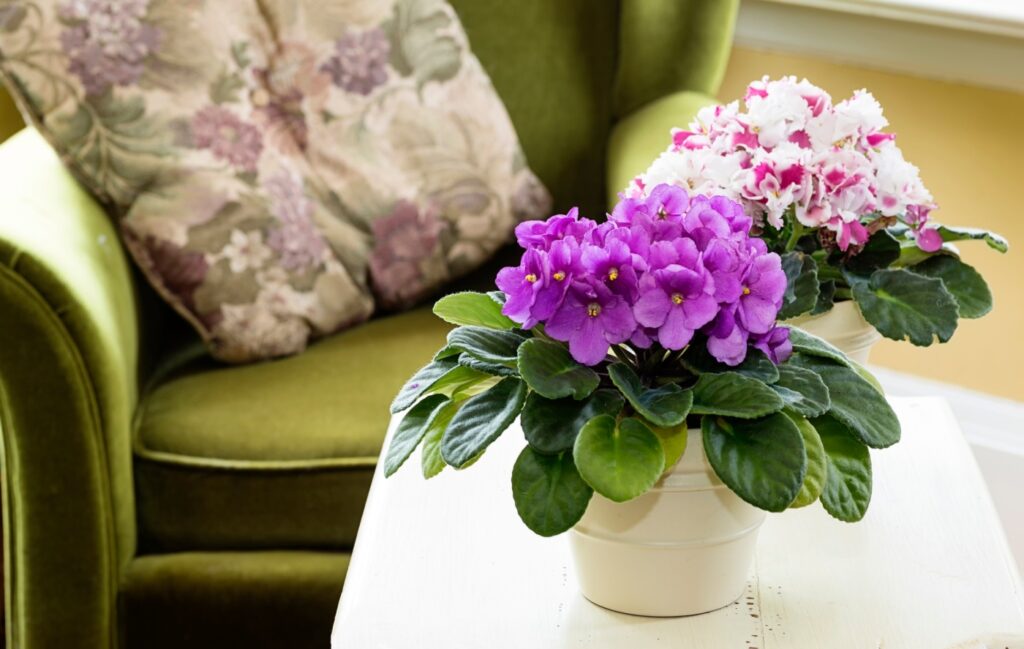
Q: Would you recommend ground cover roses for a planter by the front door that gets half sun and half shade? If so, what kind? Currently, we have some Jupiter’s beard and Santa Barbara daises there, but they look messy.
A: I’ve noticed that ground cover roses are a very popular choice for areas that have been converted from turfgrass to supposedly water-wise landscaping, especially in commercial settings such as HOA common areas. At first, this seems like a good idea – roses are not as thirsty as most turfgrass, the groundcover types bloom continuously throughout the warmer months, and their thorns deter trespassers.
On the other hand, removing weeds that have popped up in the middle of them is hazardous unless you’re wearing heavy leather gloves and gauntlets. Once they’ve established, they tend to send out long branches that will encroach into pathways. Of course, these branches are thorny, so they will need to be pruned frequently to keep them in check.
Groundcover roses have their uses, and they look lovely planted on a hillside or large open area where they can spread out and do their thing. I don’t recommend planting them near walkways where they can quickly become a nuisance.
If your planter gets 6 hours of sunlight per day, you can choose plants that require full sun. The size of your space should determine what you plant. Since it’s near a walkway, I would opt for scented geraniums, lavender, or some other pleasantly scented plant. Dwarf bottlebrush (“Little John”) is easy to keep tidy, but it can attract bees. Verbena has a long bloom period and is relatively easy to trim.
If your planter gets only partial sun (less than 6 hours/day), some succulents such as aloe should grow well if there’s good drainage. Other plants for partial shade include mondo grass, calla lilies, or coral bells.
You could also opt for some colorful annuals if you don’t mind replacing them periodically.
Q: Do you have any advice for growing African violets? What kind of fertilizer should I use, and do they really need to be watered from the bottom? I had purchased a special fertilizer that was labeled 15-15-15, specially made for African violets, and it worked well. Now I can’t find this particular fertilizer and I’m almost out. Is there a substitute?
A: African violets are my favorite flowering houseplant, and I especially like to buy them off the “sad plant” discount rack so I can nurse them back to health.
African violets should be watered from the bottom because water can damage their leaves (and those cute, fuzzy leaves are part of their charm). You can use the special 2-part violet pots, but the bottom of the inside pot should just touch the surface of the water in the outside pot. Don’t let them stay too soggy, but don’t let them dry out completely either.
There are several fertilizers that are specially formulated for African violets (or other indoor flowering plants). These are generally labelled as 8-14-9, which is better than 15-15-15 for encouraging flowering. I’ve found that occasional fertilizing and full sun will result in the prettiest flowers.
